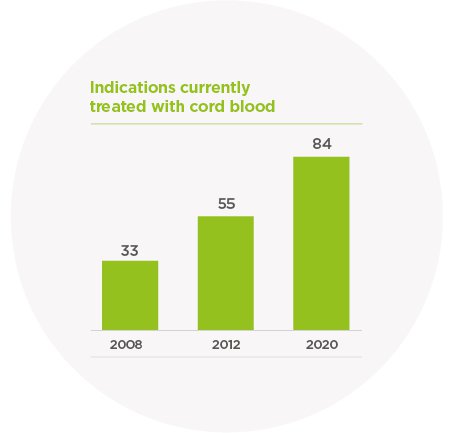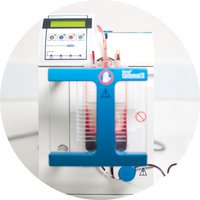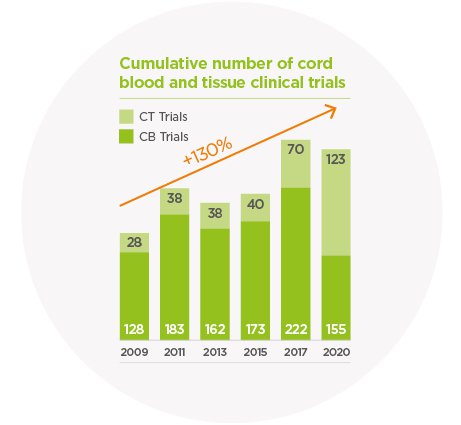 About Cord Blood
About Cord Blood What is cord blood?
What is cord blood?Cord blood is the blood that remains in a baby’s umbilical cord and placenta immediately after the baby is born and the umbilical cord has been clamped and cut.
Your baby’s cord blood contains a diverse mixture of important cells, including stem cells. Cord blood is a particularly rich source of haematopoietic stem cells (HSCs), which have the ability to create and heal our organs, blood and the immune system. Because of their “youth”, stem cells from umbilical cord blood are among the most flexible and potent in the body.
Worldwide, cord blood has been used in over 40,00042 transplants in the treatment of over 80 conditions43. In Australia, over 500 cord blood units have been released to treat many conditions here and abroad33.
|
Cancer |
Acute leukaemia |
|
Blood disorders |
Aplastic anaemia |
|
Immune disorders |
Chronic granulomatous disease |
|
Metabolic disorders |
Krabbe disease |


In a growing number of advanced clinical trials, scientific research is evaluating how cord blood cells may provide new therapies for a broad array of diseases including autism5, cerebral palsy6, type 1 diabetes7 and paediatric stroke8.
View details of the trials using cord blood as a source of potential therapy.
The probability of using stored cord blood is difficult to predict. Many factors impact the likelihood of use including the prevalence of disease, treatment options available, age and therapies that may be approved in the future.
It is important to note that estimates of use may vary considerably for these reasons. Today, based on currently approved therapies and ignoring the trials and research being undertaken, the chance of a child requiring stem cell therapy is 1 in 3,0002.
* Storing your baby's cord blood stem cells makes them available to potentially treat diseases like those listed above. For inherited genetic conditions, the child may not be able to use his or her own stem cells. In these cases, a matched sibling's stem cells may be an alternative.
For further information on current & future uses, download our Diseases Treated with Cord Blood (81.9 KB).